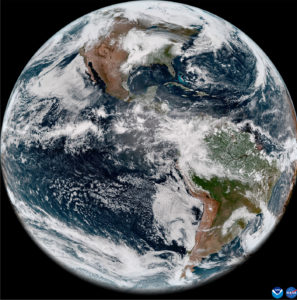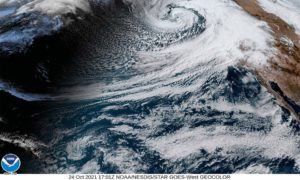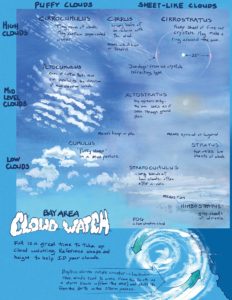Today, the online weather forecasting site Weather Underground is launching a new crowd-sourced forecasting system that creates custom forecasts for thousands of personal weather stations across the country, including dozens in the Bay Area.
“The Bay Area has so many microclimates,” says Weather Underground Chief Meteorologist Jeff Masters. “You’ve got a lot of very specialized weather environments, and the area is pretty well covered with personal weather stations — maybe over 50 in the Bay Area. All now have their own capability to have a forecast.”
The new system takes two or three weeks to record actual conditions from a particular weather station, and then uses algorithms to calculate the best forecast. “We take what the National Weather Service does and some of the more high-powered computer models, and we take all these inputs and generate a ‘best’ forecast,” Masters explains.
And the system will also track data after the forecast to show how accurate that best forecast turns out to be.
Masters admits that is might not always be better than the more general county or climate zone reports. But, he adds, “It’s going to give people more options – there’s two forecasts instead of one. The NWS and this best forecast from our system. With our verification, you’ll get actual feedback on what is the best forecast for your area.”
“In the U.S. we have 8,500 personal weather stations, up from maybe 5,000 three years ago,” says Masters. Personal weather stations cost anywhere from $200 to $700, so getting a personalized forecast isn’t cheap. But the site will allow you to search for the nearest stations to you. Add in government stations and various university or other sites, and you have 19,000 stations across the country.
“We can all benefit from the thousands of weather geeks across the country,” Masters says. “There are a lot in the Bay Area, though they tend to be frustrated weather geeks, since there’s so much more weather everywhere else.”
Could this massive data gathering also help in research on changes in climate? Unfortunately not. Too many personal weather stations are sited on roofs or next to air conditioning or heater exhaust fans.

.jpg)



